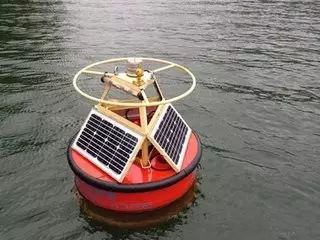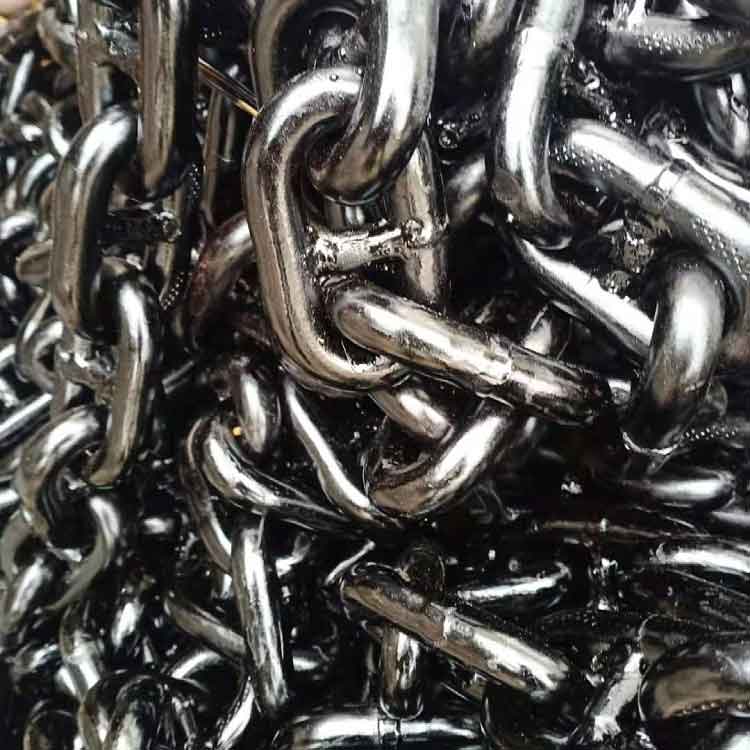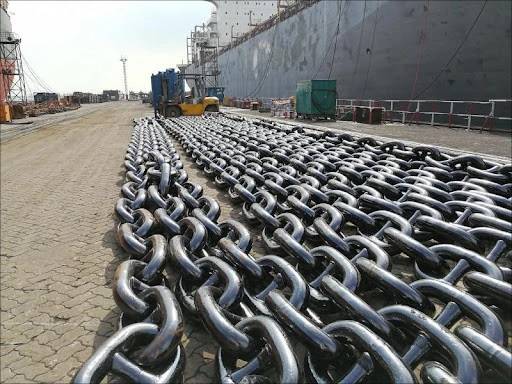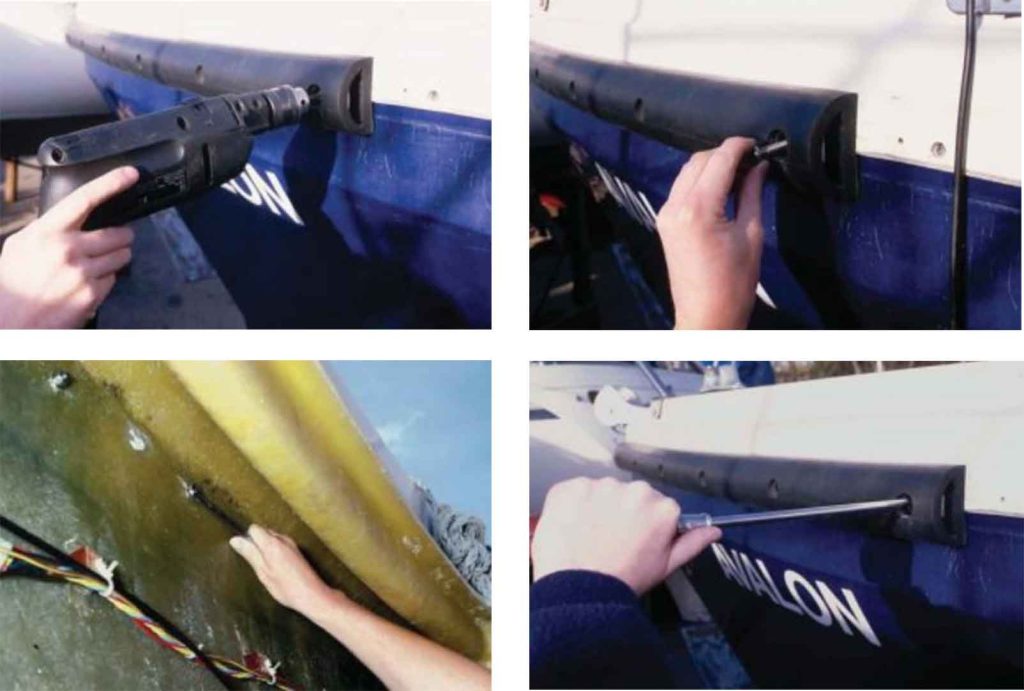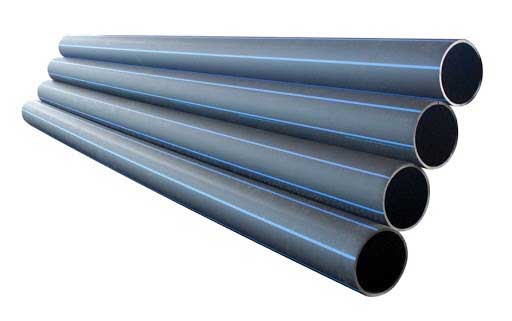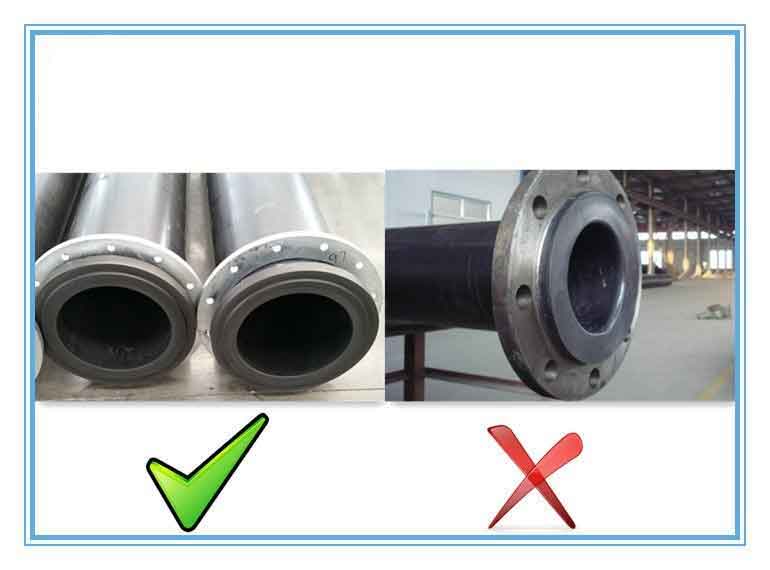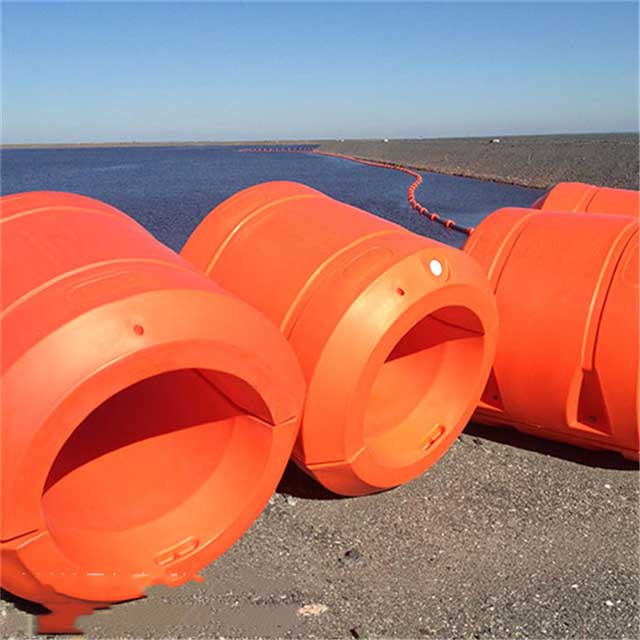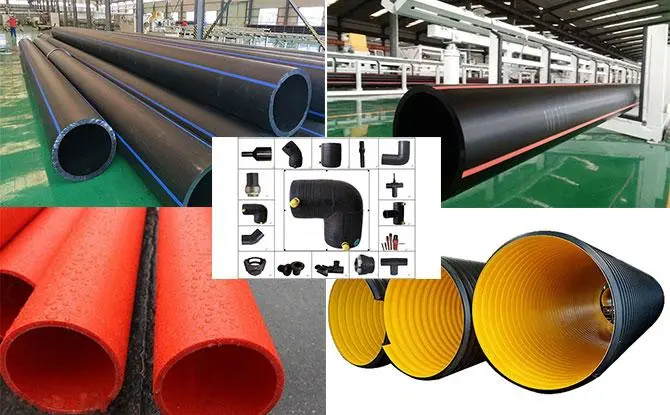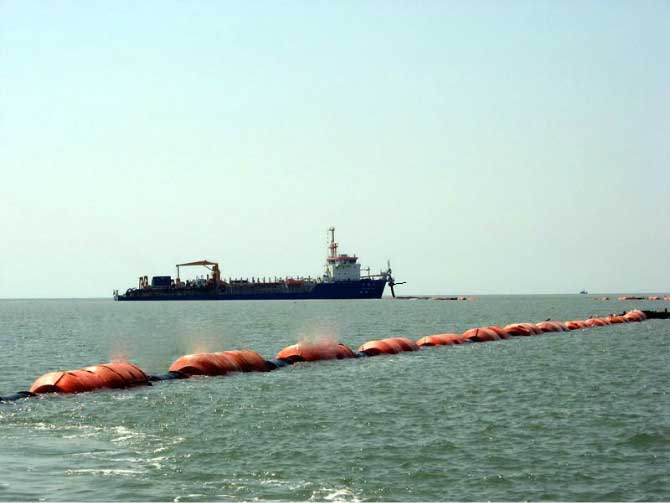Buoy is a floating object with a certain shape, size, and color, anchored at a designated location. It can be used as an aid to navigation marker, marine environment monitoring, mooring ship, marine engineering, rescue and salvage facilities, etc., equipped with different equipment according to different roles.
- The buoys used as aids to navigation may be equipped with lights, sound equipment, radar reflectors, radar transponders or other equipment.
- As a marine environment monitoring device, it is installed or contains instruments for measuring marine meteorology, hydrology, sea conditions, marine life, etc.
- As a mooring buoy, it is equipped with a chain ring for mooring and telegraph or telephone line. Because of the different roles of buoys, there are many different types of buoys with different materials, structures and shapes.
There is no statistical data to check the number of types of buoys, and the names of buoys in different countries and regions are not the same, which makes the types of buoys more diverse. However, all the buoys are set in the waters and are therefore related to navigation. Since the names of buoys are not uniform, the types of buoys are described in the following 5 points.
1. Buoy named according to the materials of manufacture:
- Aluminum buoy – Various buoys made of aluminum alloy.
- Foam shell buoy – Buoys made of foam.
- Fiberglass buoy – made of fiberglass buoy.
- Plastic buoy – pressed plastic, mostly small buoys.
- Steel buoy – Buoys made of steel.
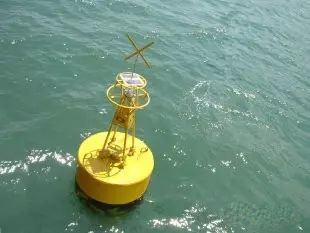
2. Buoy named by shape
- Barrel buoy – The body of the mark resembles an oil drum or a cylinder lying across the water.
- Double conical buoy – the body of the mark appears as two cones on the water surface.
- Tank buoy – Above the waterline, the outline of the buoy is rectangular when viewed in any direction.
- Double boat buoy – the floating body is in the shape of a double hull.
- Conical buoy – Above the waterline, the body has a triangular shape with the top up when viewed in any horizontal direction.
- Drum buoy – The floating body resembles a drum. Barrel buoy – A buoy that resembles a small barrel at the surface.
- Flat-topped cone buoy – A buoy with a conical top.
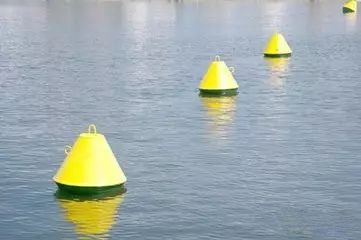
3. Buoy named by structure
- Tank-shaped high buoy – A tank buoy with a high body.
- Tank-shaped high light buoy – Tank-shaped high buoy equipped with lights.
- High focal plane light buoy – The height of the light focal plane from the water surface is significantly higher than that of ordinary light buoys.
- Plastic tank-shaped rapids radar reflector buoy – Suitable for tank-shaped plastic buoys equipped with radar reflectors with high current speed.
- Plastic spindle rapids radar reflector buoy – Suitable for spinning plastic buoys equipped with radar reflectors with high current speed.
Ice zone buoy – A buoy suitable for use in ice zones. - Semi-submersible buoy – another form of large buoy, usually platform-shaped, partially submerged and moored to the seabed by tension anchor chains.
- Single point mooring buoy – buoys for mooring and oil transfer at sea for marine development.
- Single bag buoy – a buoy with only one energy storage device.
- Skirt buoy – a buoy that is surrounded by steel plates at the lower end of the buoy to increase stability and can be placed vertically.
- Standard buoy – various buoys manufactured according to the standards prescribed by the relevant authorities.
- Super buoy – used for similar large-scale buoys that are not primarily used as navigation aids.
- Winter buoy – An unlighted buoy suitable for use in winter to replace the removed lighted buoy.
- Miscellaneous buoy – A buoy of a color other than that specified.
- Inland river buoy – a specially made light spindle or tank buoy that can withstand strong currents.
- Smoke buoy – A buoy that emits smoke.
- Buoy with top mark – A buoy with a Japanese mark on the highest part of the body.
- Chain drum buoy – A mooring buoy with an aperture for a short chain to run through.
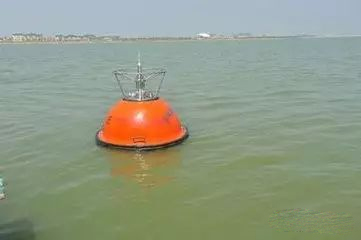
4. Buoy named by assembly equipment
- Bell buoy – A buoy equipped with a bell.
- Bell radar reflector buoy – A buoy fitted with a bell and a radar reflector.
- Radar reflector tank-shaped buoy – A tank-shaped buoy equipped with a radar reflector.
- Combination buoy – A buoy with a mixed acoustic and optical signal.
- Electric buoy – A buoy that uses electricity as a source of energy.
- Electric bell buoy – A buoy equipped with an electric shock bell.
- Gas-fired buoy – Light buoy with gas as fuel.
- Gong buoy – A buoy equipped with a gong.
- Gong radar reflector buoy – A buoy equipped with gongs and radar reflectors.
- Light buoy – A buoy with a light fixture.
- Lamp bell radar reflector buoy – A buoy equipped with a lamp, a bell and a radar reflector.
- Light gong radar reflector buoy – A buoy equipped with a light gong, gong and radar reflector.
- Light radar reflector buoy – A buoy equipped with a lamp and a radar reflector.
- Spindle radar reflector buoy – A spindle buoy equipped with a radar reflector.
- Plastic spindle radar reflector buoy – A plastic spindle buoy equipped with a radar reflector.
- Unlighted buoys – A buoy without lights.
- Transponder buoy – A buoy equipped with a radar transponder.
- Checkerboard buoy – The surface of the buoy body is painted with two colors to form a square squid buoy.
- Radio pointing buoy – A buoy equipped with a radio transmitter.
- Sound-triggered buoy – A buoy that automatically transmits a radio signal when triggered by an underwater acoustic signal.
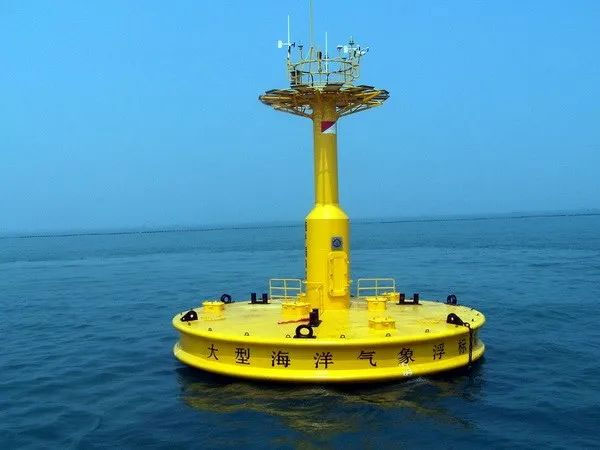
5. Buoy named by purpose
Buoys used for navigation, buoys used for marine environment monitoring, buoys used for marine engineering, buoys used for military rescue and salvage, etc.
- Marking buoy – Temporary buoys are used to measure reefs and so on.
- Positioning buoy – A small buoy for positioning when an offshore oil and gas exploration platform is established.
- Dump buoy and mud dump buoy – Marking the place where silt is placed.
- Dredging buoy – Buoy used for channel dredging projects.
- Side volume buoy – A buoy used as a waterway survey marker.
- Cable buoy – A buoy that marks underwater cables.
- Telegraph cable buoy – A buoy that marks underwater telegraph cables.
- Terminal buoy – A mooring buoy used as an end point for marine development.
